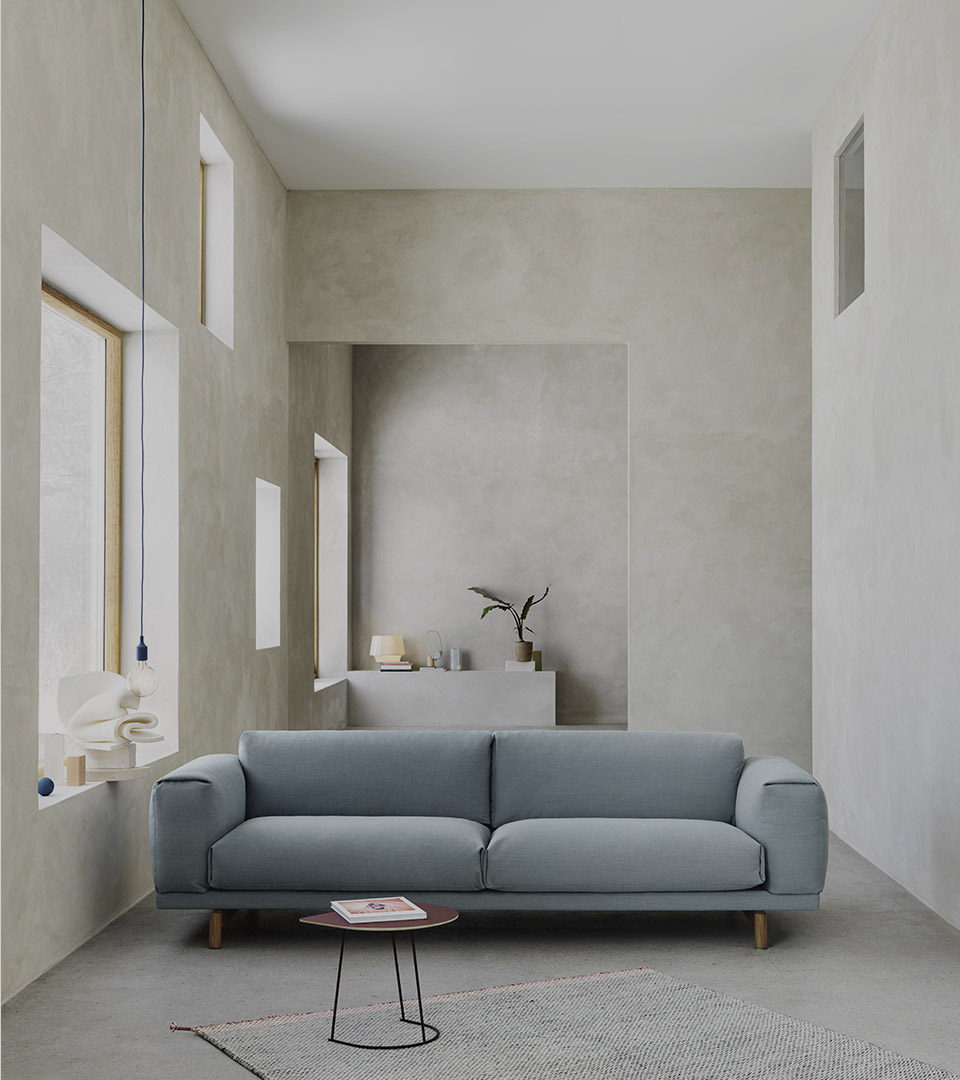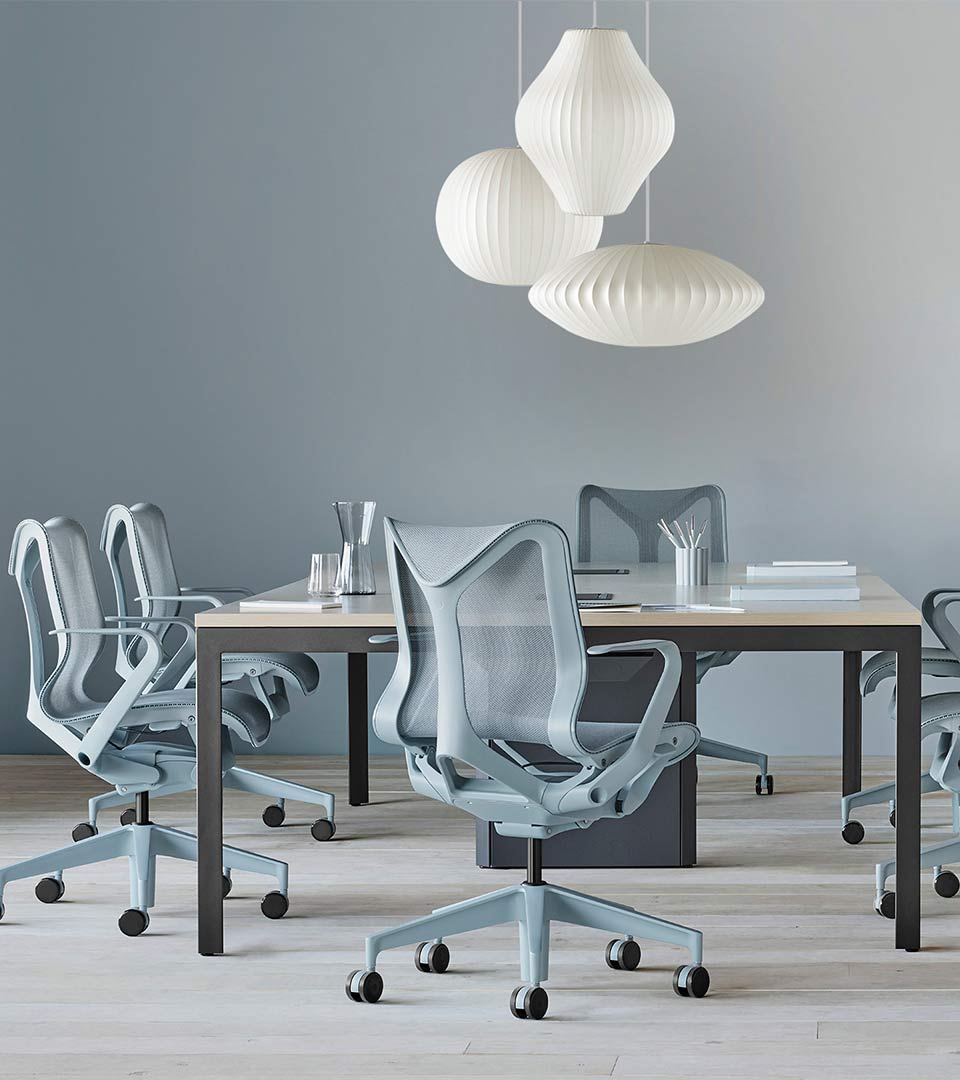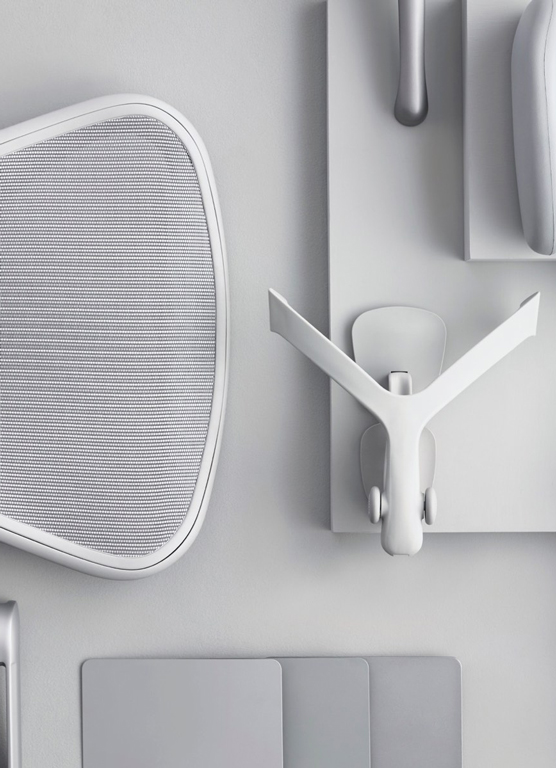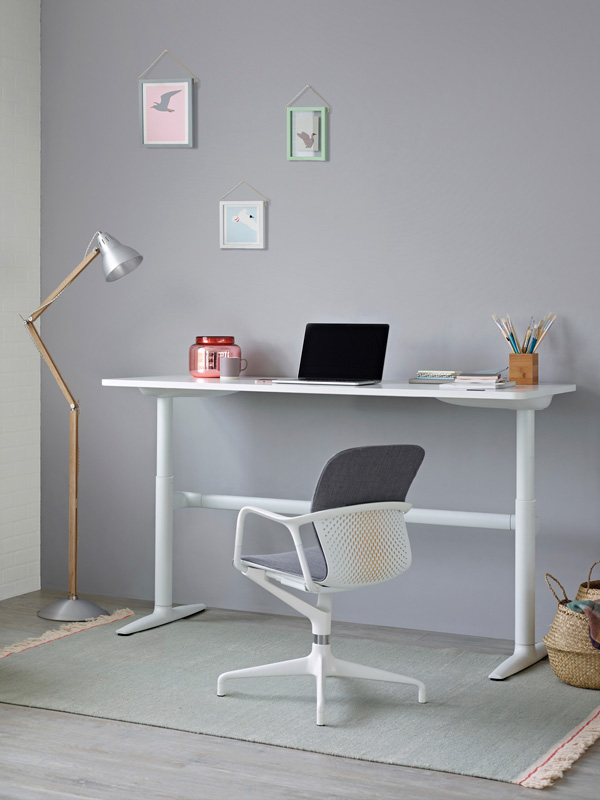A circular business model relies on three areas of focus functioning together. In this series of short articles, we hope to dive deeper into these three topics, and to discuss the opportunities and challenges presented by each.
We have defined three areas of focus that we believe will help us build a more circular business, they are: products fit for circularity, circular models of usership and ownership, and circular end-of-life pathways.
What’s more, we recognise that these three topics are interlinked, and that a circular business model relies on all three functioning together – circular products require circular end-of-life pathways to ensure they are successfully recovered, reused, and recycled. In this series of short articles, we hope to dive deeper into these three topics, and to discuss the opportunities and challenges presented by each.
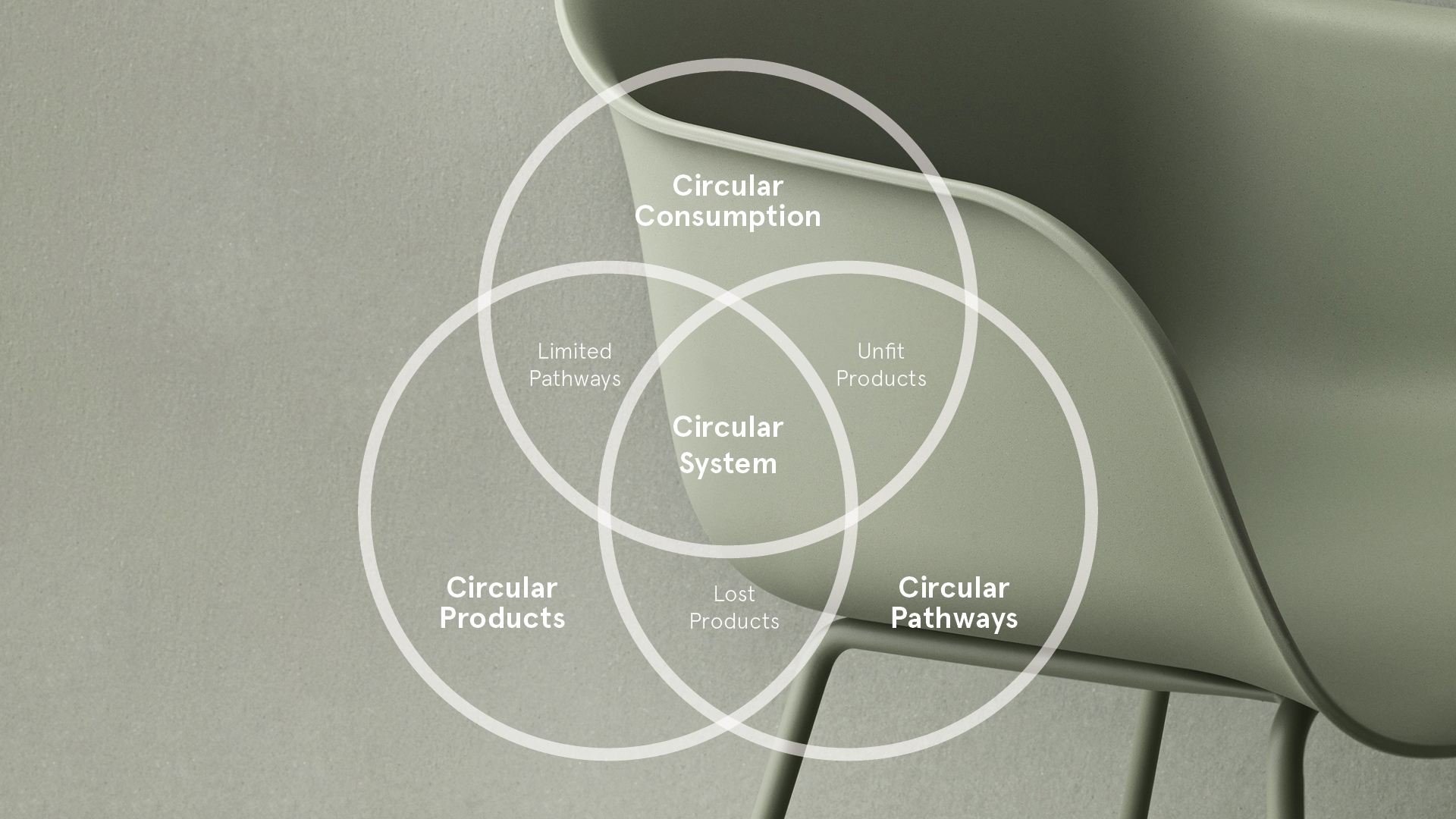
Circular Products & Our Understanding of Value
At its heart, the circular economy requires products that are designed and made for circularity. In their foundational text, Cradle to Cradle, Braungart and McDonough described two industrial cycles – the biological cycle, consisting of products and materials that degrade and become new beneficial nutrients in the ecosystem, and the technological cycle, consisting of products and materials, often man-made, that can be recovered, disassembled, and recycled – or even upcycled – into new products. Furniture products present a particularly interesting challenge because they often straddle both cycles, mixing biological and technical nutrients, and because they typically have long lifecycles of demanding use.
At an essential level, a circular furniture product needs to be designed for disassembly and repair, be made from high quality sustainable materials that are recyclable or biodegradable, be durable, be made using clean renewable energy, and be manufactured under equitable working conditions.
We believe there is also another more important factor at play, the longevity of design and beauty – there is no doubt that the products that capture our imagination are often imbued with a tangible sense of enduring value.
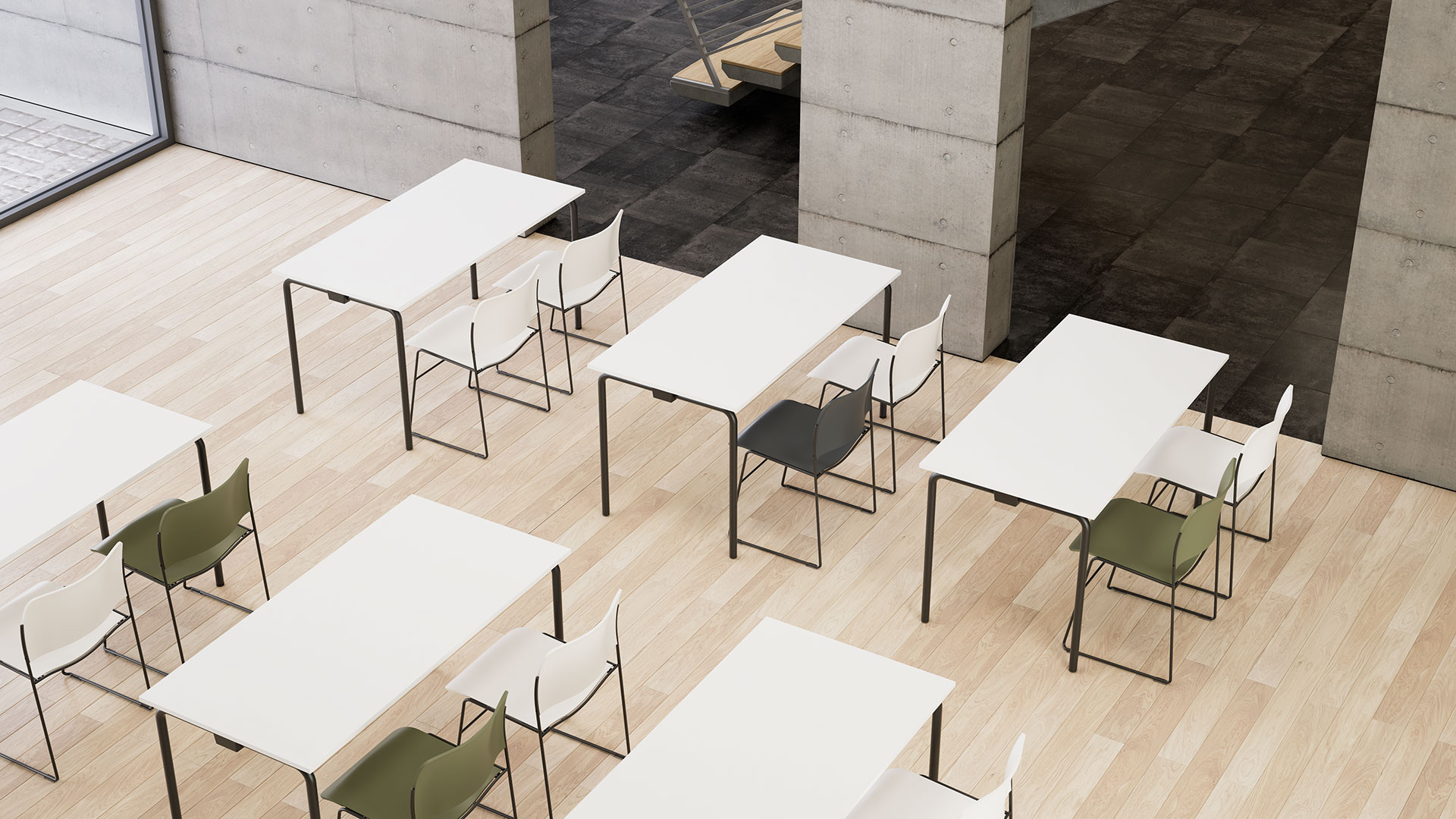
It is these properties that we look for in the products we bring to market, and that support our philosophy of Furniture for Life. We believe that these properties are what create the true value in a product, and the reality is that this value is too often overlooked. This is particularly true in commercial furniture procurement, where the short-term pressures and incentives of cost, margin, time, and property-lease cycles often prevent us from considering long-term value and the lifecycle impacts of our decisions. What’s more, these issues have only been exacerbated by the macro-economic climate, increasing construction costs, and a desire to reduce costs in spend areas like furniture.
In order to transition to a more circular economy, we need to re-evaluate our understanding and appreciation of the value of products and widen our perspective to include lifecycle considerations such as manufacturing conditions, serviceability, resale value, and end-of-life treatment. Value is also an altogether more positive lens to see the world through as it considers the positive impact a product, service, or material can generate – rather than solely the financial cost incurred to obtain it. In short, we need to think about value, not cost.
HOWE 40/4 and SixE Chairs
40/4 and SixE are highly durable, high performing, designed for disassembly, and 100% recyclable in Australia. 40/4 is the iconic multi-functional chair that has gained enduring value.
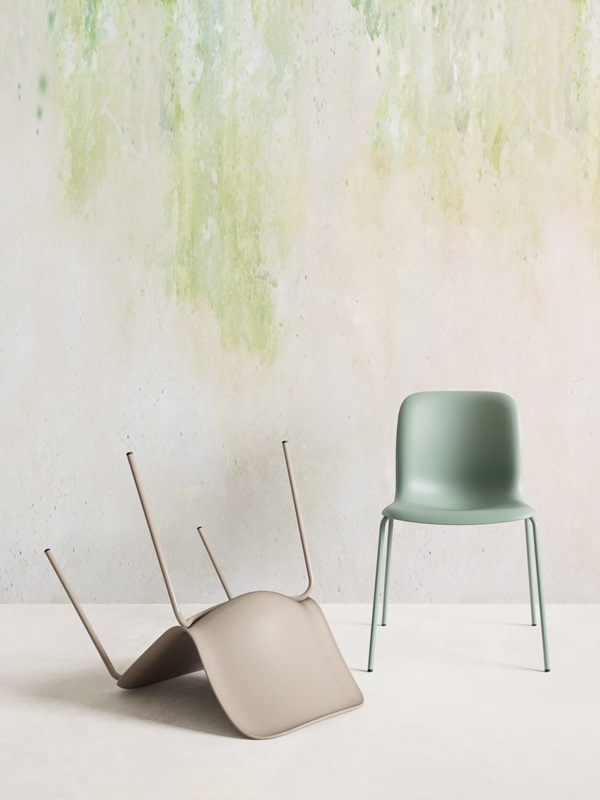
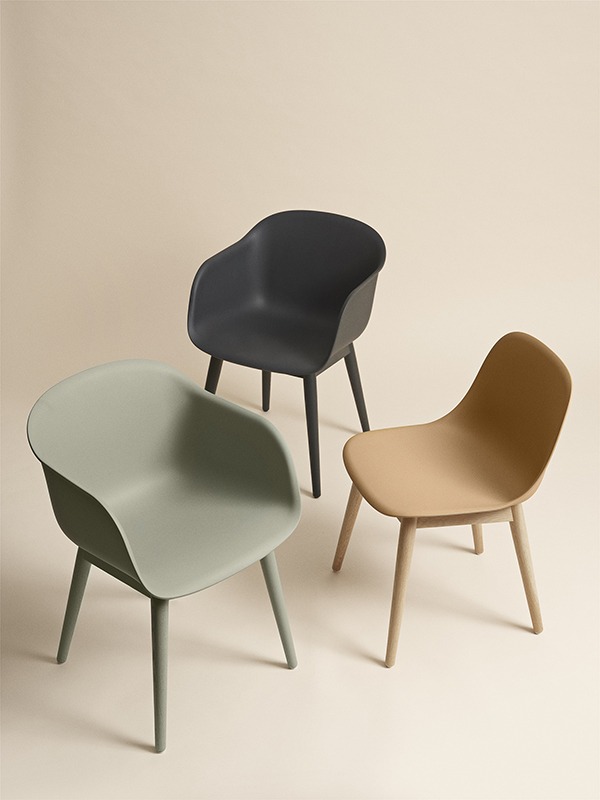
Muuto Fiber range
The plastic used to make the shell of the Fiber chair contains 80% pre-consumer recycled content and Muuto offer the Fiber Take-Back program to recover and recycle used shells to make new chairs.
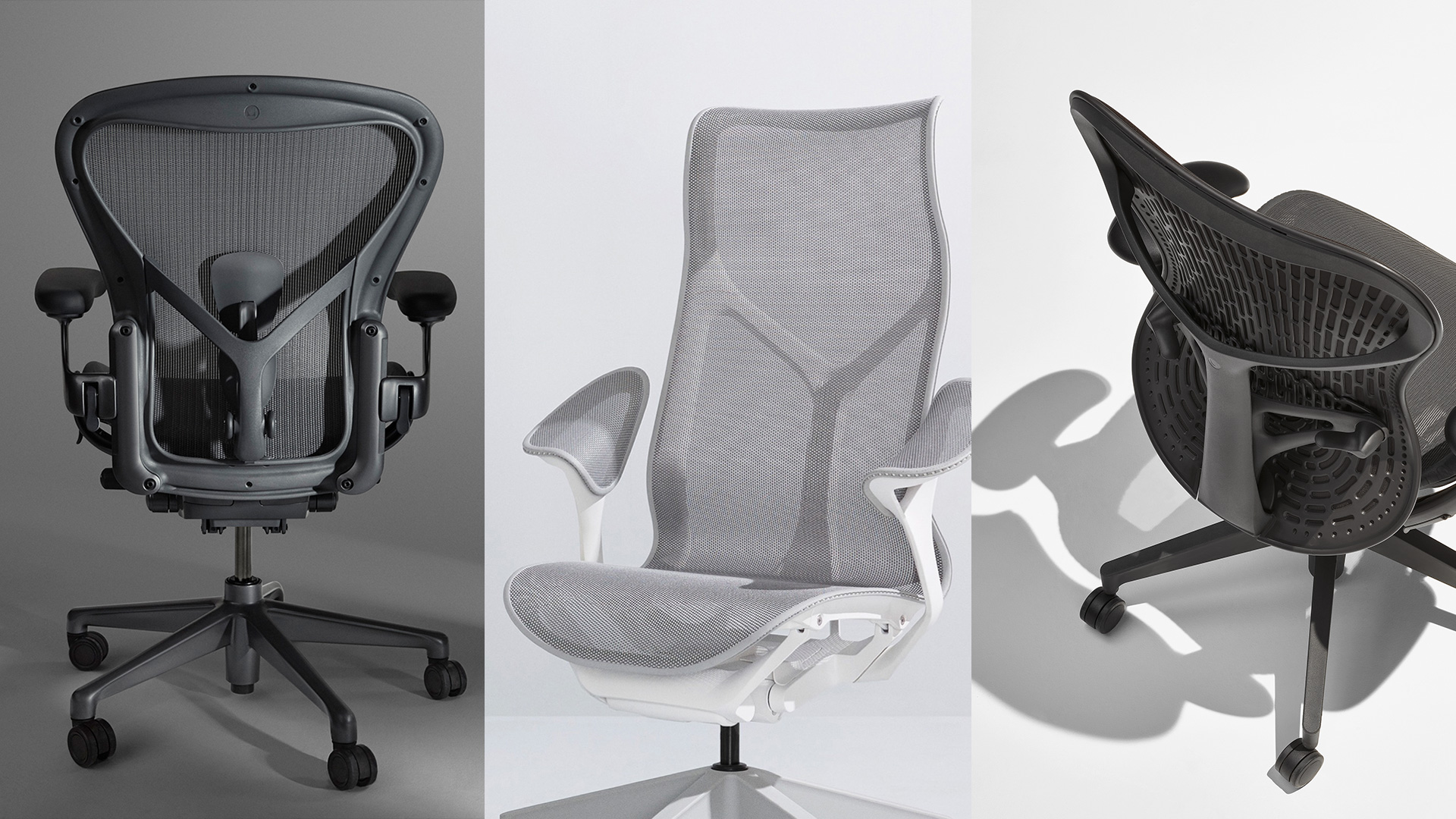
Herman Miller Performance Seating
Herman Miller performance seating is truly designed for disassembly and repair. Chair components can be repaired, replaced, and recycled to extend and maximise the product’s life. The quality and reputation of Herman Miller performance seating ensures the products maintain resale value. Herman Miller performance chairs are over 90% recyclable at end-of-life.
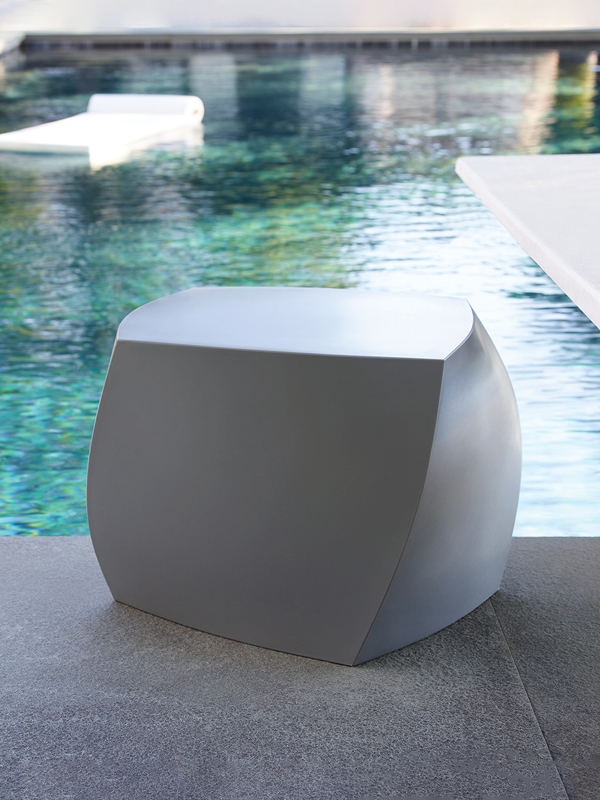
Heller Gehry Collection
Proof that plastic can be sustainable. Heller’s Gehry range offers highly functional and adaptable pieces that combine iconic design with true durability. Manufactured from a single material, high quality polyethylene, Heller promise to take their product back, grind it back into powder feedstock, and make new furniture. The product is also 100% recyclable in Australia.
